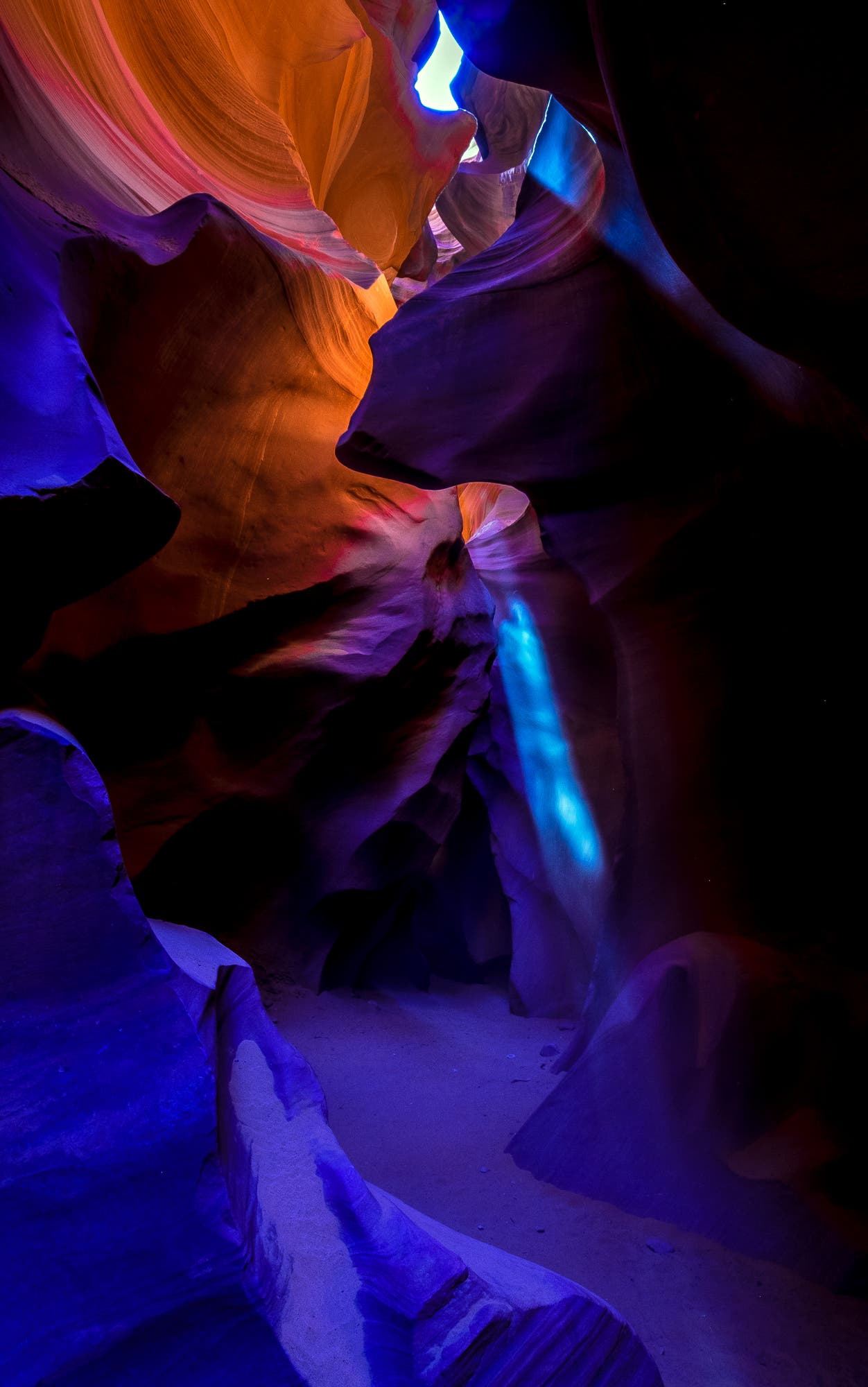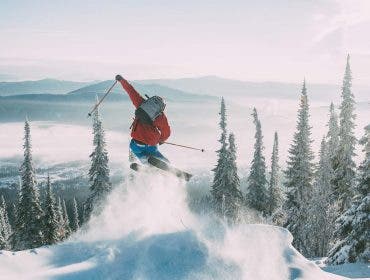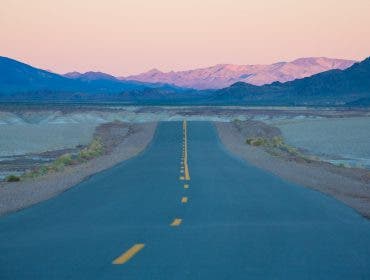As a professional photographer, I always wanted to use the best equipment. Quality was foremost and quantity was not an obstacle. I had cabinets full of Nikon, Canon, Olympus, Hasselblad, Rolleiflex and Sinar cameras with an assortment of lenses to go with them.

But over the years, I faced more and more situations that required me to limit my equipment. There were weight limits on some flights, especially on small planes going to remote places. Or I had to hike into a location and could only carry so much. Or I was taking a trip with many stops and I wanted to simplify my load. And — I’m sure this is familiar to some of you — lugging a lot of heavy gear just wasn’t fun any more. Usually, I just took less of the equipment I had. But as I began replacing gear, especially after cameras went digital, I started looking at lighter models that still lived up to the quality requirements I had.
My first purchase of a lighter camera was the Canon D9, which I used extensively during personal travels to see how the images would turn out. What I found was that this camera produced excellent images when seen on the computer, but they didn’t blow up well. I liked the camera, but I knew I couldn’t rely on it for professional work.

After a number of other attempts, I finally settled on a camera that has served me well for some time: the Fujifilm XT1. I chose this 35mm DSLR at the suggestion of a friend who had used it professionally and felt the image quality was similar to a Nikon. As of this writing, Fujifilm has upgraded the XT-1 to the XT-2.
Now that I’ve used my Fujifilm XT1 for some time, I can vouch for its excellent image quality (though it doesn’t match my Nikon D800E). What I especially liked about this mirrorless camera is that its electronic viewfinder shows you changes in exposure and color balance, a very helpful feature. (However, I noticed that in very bright situations, the viewfinder is often too dark, which makes it hard to see the scene you’re shooting.) It produces sharp, clear pictures in low light conditions (though focusing can be slow due to low contrast phase detection); and it can tone down highlights by using the ADR — auto-dynamic range — feature. It’s light enough to hand hold, which is a great advantage in low light, tight locations or anywhere a tripod is not allowed.
Another plus is that it has a smaller sensor than most full-size cameras, so you can achieve a greater depth-of-field for added sharpness, especially in landscape photography. Also, all the dials — for shutter speed, aperture control, exposure compensation and ISO — are comfortable and easy to use. Finally, it includes a choice of several grid systems that are invaluable for keeping the horizon level.
The Fujifilm system has a wide range of lenses to choose from, including some very useful zoom lenses. During my recent workshop to the American West — a very rigorous exploration of Arches and Canyonlands National Parks plus Monument Valley and Antelope Canyon — I got to use the Fujifilm 18-55mm, 10-24mm and 50-200mm zooms extensively. I especially like the 10-24mm f/4 ROIS lens because it focuses fairly closely, is super-sharp and has a diaphragm that produces an incredible star effect.

Of course, no camera is perfect and this one does have some down sides. I’m not happy that this model can’t use lenses from other manufacturers, though adaptors are available for some of them. Also, I have issues with the focus mechanism. First, it responds slowly so it doesn’t always focus as I would like. And to use autofocus properly, I had to read the manual carefully several times to figure out how to set the focal points correctly. I’d say it takes too long for an image to pop up on the LCD, which can be a major problem during night photography or any time you’re using long exposures. Also, the camera uses up batteries very quickly — three times as fast as the Nikon — so I always bring along two extra batteries instead of just one, a minor inconvenience. Despite these limitations, I can rely on the Fuji XT1 to produce the quality images I require and its light weight makes it a pleasure to work with.
Of course, like everyone else, I’ve also turned to my iPhone for truly lightweight photography. I use it mainly for panoramic shots, which are really fun to take and experiment with. I also use it as a back-up since the small sensor gets extremely sharp images when you have a considerable distance from near to far. I also like that there are lots of after-capture apps for a wide range of creative options. The main downside is that there’s no viewfinder, which makes it very hard to see your subject in bright light.
Another way to lighten your load is with your choice of lenses. I work only with zoom lenses to reduce how much I have to carry and today’s zoom lenses are extremely good. Also, fewer lenses means less weight so take only what you really need — sometimes just one lens will do. When I took students to a shoot in Utah’s Slot Canyons, we each took only one zoom lens (mine was the Zuiko 10-24mm) and it was all we needed.
The trouble is I like to work with fast lenses and the faster the lens, the heavier it tends to be. So I have to consider the trade-offs in each situation. During my recent workshop in Arches National Park, we had a long hike to Delicate Arch for a sunset shoot, so I chose lighter lenses and compromised on their speed.
You can lighten your gear in other ways as well:
• Get a light tripod made of graphite, like the Gitzo Traveler CarbonFiber Tripod that I use (one caveat: these work well with light cameras, but not so well with heavier cameras)
• Use a light ball head such as the small Swiss Arca.
• For hikes, get a comfortable backpack like the Lowe Pro that’s designed to carry camera gear.
If you find yourself leaving your camera gear behind because it’s too troublesome to take along, think about lightening up. You’ll probably enjoy photography more and do it more often.











